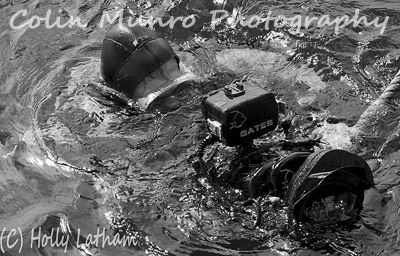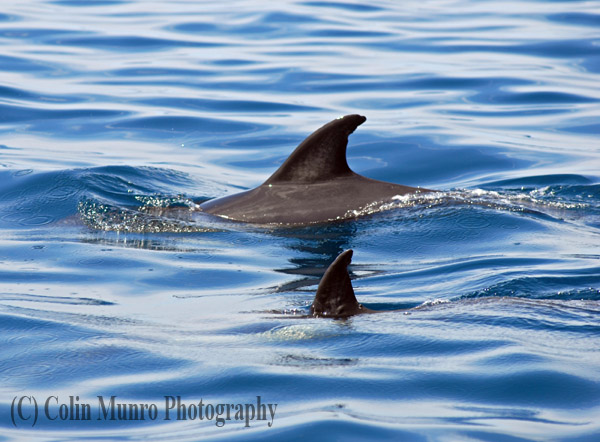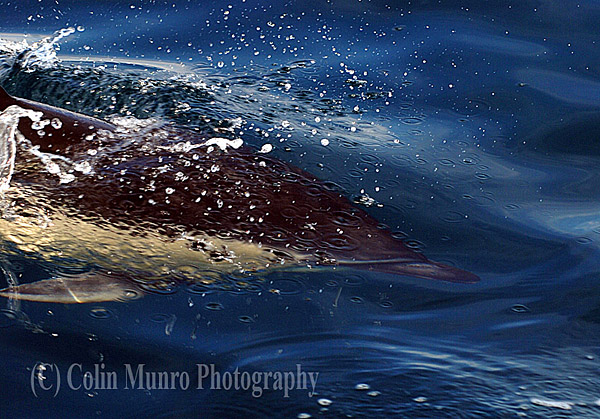What is the fastest marine mammal? There are a number of pretty speedy guys in the water. It’s been calculated that when an orca, weighing up to five tonnes, breaches this requires an exit speed of around 40kph. That’s around the same as the maximum speed attained by Usain Bolt in a 100 metres race. Only he doesn’t weigh five tonnes…and he’s not doing it underwater. In 2009 french swimmer Frédérick Bousquet set a World record 50m freestyle sprint, with an avergae speed of 8.6kph. A lot faster than you or I, but never gonna outswim an orca; orcas can, in fact touch 50kph when they want to. Perhaps surprisingly, given that they weigh upwards of 150 tonnes, blue whales are also pretty zippy, also able to get the needle up to 50khp when in a hurry (why would blue whales be in a hurry?). However current data suggests that the fastest dude on the block is the common dolphin (Delphinus delphinus). These guys can reach 64kph (40mph). According to the Guiness Book of records that’s a whisker slower than the fastest racehorse (Winning Brew, 2008) over 400 metres (two furlongs). I’ve owned cars that struggle to do that on hills.
It is hard moving fast through water compared to air, so how do they do it? In 1936 zoologist Sir James Gray looked at this and concluded that dolphins simply shouldn’t be able to generate sufficient power to move them through the water as fast as they appeared able to do. This became known as Gray’s Paradox. It is now believed that the hydrodynamic shape of dolphins greatly reduces form drag, and thus the power required. There is also some evidence that the dolphin’s soft skin, which is continually shed, reduces friction drag. Even so, that a dolphin can travel as fast as a thoroughbred racehorse, through a medium almost 800 times more dense than air, is pretty impressive.
How many common dolphin species?
Until the 1960s all common dolphins were considered one single species. Genetic studies have indicated that there are probably at least two, possibly three distinct species. These are the short-beaked common dolphin (Delphinus delphis) which is the species most likely to be encountered in british waters; the long-beaked common dolphin (Delphnus capensis), and possibly a third species, the arabian common dolphin (Delphinus tropicalis) although many marine biologists consider this a subspecies of the long-beaked common dolphin.
You can contact me directly email me
Colin Munro





